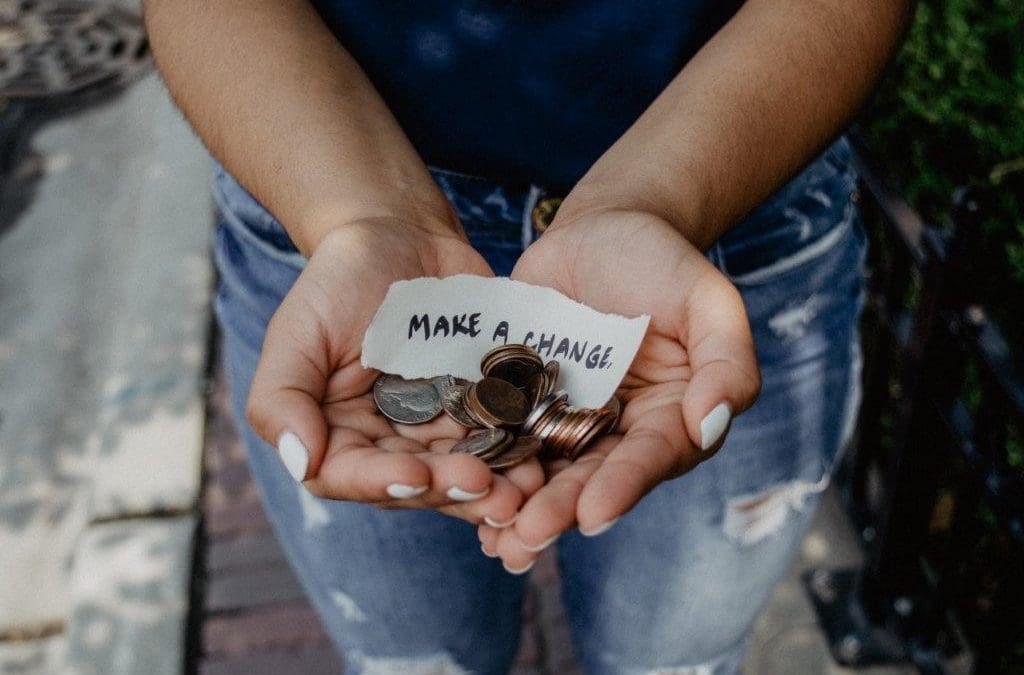Your organization is having an impact on people’s lives and in return people want to donate to you. What if you cannot hold your annual gala or fundraising event this year? Or, what if you are receiving inquiries about donations, but have no easy way to support online donations? Your website is the key. Your website helps donors confirm you are who they want to donate to, helps them feel welcome, and lets them complete the donation quickly. The more effective you are at optimizing the donor experience, the more donations you will see from your website. Let’s take a look at three ways your website can be tailored to help donors get the job done.
Before we go on, a quick definition:
pre-donor: Someone who has decided to donate to your organization, but hasn’t completed the donation yet.
Make The Donation Path Obvious
Most of the people who will donate to your organization via your website have already decided to donate when they arrive at your website. They may have supported your organization at an in-person event in previous years or they may trust your organization. That means they are arriving with the intent to complete a transaction. Folks in this state of mind want to be quickly and easily complete the donation process.
The best way to get people going on the donation path is to make the DONATE menu button really obvious on your website. That means a few things:
- Place the donate button or link in your top menu
- Make it stand out from the other menu items with a unique background color
- Place additional links in your content on “landing pages” where people arrive when using search engines or when going straight to events from a link you may have sent out
Many organizations have “donate” links to the side or on the bottom of their websites, not right at the top, where a pre-donor is going to look first.
Make The Path Short
Once you get a visitor into the donation path it is really important that there be as few web pages in the flow as possible. Ideally, when they click the donate link on your website they are taken to a page where they can make payment. You do not want anything in a donor’s way and give them a reason to abort the transaction.
Here are some tips:
- If you have a page where you list varying causes a donor can give to, realize that you might be giving visitors too much choice and they might just leave
- Your donate page should be branded the same as the rest of your organization, with the same logos, common images, and a brief description of the organization. This lets the donor know they’re in the right place.
- If you have specific events where participants get the benefits of your organization it is ideal to have a tailored donation page to that event so that people know they’re in the right place and feel the connection between the event and your organization when they’re on the donation page
- There are many companies and non-profits you can work with to manage the donation process for you.
- Ideally, your donation page will allow the donor to pay for any transaction or payment fees associated with their donation. Most donors are happy to do this.
- Large donations are better handled by check because your organization avoids the payment processing fees charged by payment companies. Make sure to provide a way for donors to give you their name and phone number so you can contact them to provide instructions for a large donation.
- Skip providing information about in-kind or estate giving on your donate page. If a pre-donor wants to give in one of these ways they want personal contact and will be happy to call you… so, just put your phone number on the Donate page.
Tip: Classy is very popular and supports your social media, event, cause, and website donations paths. It provides everything you need that I note above. It does have some cost involved.
Tip: PayPal buttons are easy for you to use, but the donor experience is poor. You will lose a lot of donors on the PayPal door mat because they don’t have a PayPal account and don’t know how to proceed.
Accept Credit Cards
The most common gap I see on donation pages is a lack of accepting credit cards on the same page. Sure, payment processors like PayPal can provide credit card support, but if you make someone click through additional pages to use a credit card, then you risk loosing transactions.
There are two good strategies for accepting credit cards:
- Become a credit card merchant
- Work with a company like Classy (for donation pages) or Stripe for on-site credit card transactions
Becoming a credit card merchant on is a lot of work and introduces a lot of risk to your organization. Classy, Stripe and other companies that support credit card processing on your behalf reduce the risk and work involved in becoming a credit card merchant.
How To Get More Donations
Once pre-donors get to your website your mission is to make it easy for them to complete the donation. The three methods presented here will make a huge difference to your success at taking donations via your website. More donors mean more money for you to go out and make your mission happen.


